- Jewelry-Making Supplies ▾
Design Jewelry with Confidence!
Seed Beads
Thread, Wire, & Stringing Materials
Findings & Components
Everything Else
- Kits & Collections ▾
Assemble Your World
Kits & Collections
- Subscriptions ▾
Want monthly Beading Happiness?
Subscriptions
- Learn to Make ▾
Want to learn more?
- Discounts & Deals ▾
Explore Today's Promotions!
-
Seed Beads
Thread, Wire, & Stringing Materials
Findings & Components
Everything Else
-
Kits & Collections
-
Subscriptions
6 Color Theory Tips to Enhance Your Beading Designs
PAGE VARIABLES - ONLY VISIBLE ON EDIT MODE *
Subtitle
We have had countless Potomac Bead customers express their frustration with choosing colors for their jewelry projects. We hear things like "how to choose colors, it’s the hardest part of making jewelry” and “could you help me? I don’t know where to begin.” As an artist and former art educator, I always enjoy helping people choose colors for their projects. Color happens to be my favorite part of design in general as you can tell from my colorful arm tattoo.
Blog Date
Blog Author
Blog Tags
Blog Category
bodyHtml
Notes: Only visible on edit mode. Update the variables above > save > then reload the page to load the values.
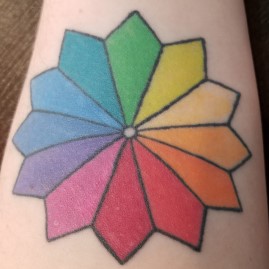
Short Desc and Page Image for the thumbnails showing on other pages.
By Ashley Krzanowski

We have had countless Potomac Bead customers express their frustration with choosing colors for their jewelry projects. We hear things like "how to choose colors, it’s the hardest part of making jewelry” and “could you help me? I don’t know where to begin.” As an artist and former art educator, I always enjoy helping people choose colors for their projects. Color happens to be my favorite part of design in general as you can tell from my colorful arm tattoo.
As The Potomac Bead Company continues to grow and evolve, so does the way we share our knowledge and inspiration with you. Therefore, I want to share with you some color theory tools that will help you to create new, interesting, and exciting designs. This will help you get out of the rut of using the same colors over and over. For these tips I will be using a color wheel I made as the main tool in helping choose colors. If you do not have time to make your own, you can purchase a detailed color wheel from us online!
COLOR TIP 1: Primary, Secondary, Triads
The Primary Colors (Red, Yellow, Blue) are “primary” because they are the only colors that can not be made. When mixed together, the Primary Colors create The Secondary Colors (Orange, Green, Purple). These colors form the basis for the color wheel. They also are great examples of Triadic Colors. Both the Primary Colors and the Secondary Colors create a Triad or triangle with equal sides on the color wheel. When you want to use three colors in a design consider three colors that form a triangle on the color wheel as depicted.
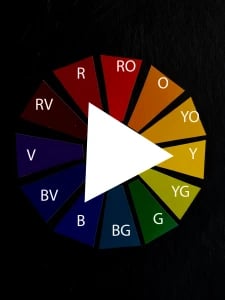

COLOR TIP 2: Analogous Colors
The color wheel forms a continuous circle of colors that blend from one to the next. Colors that are next to each other on the color wheel are called Analogous Colors. For example: If you really enjoy the color Violet for instance but want to use other colors with it, you could choose colors on either side of it (Blue Violet, Blue or Red Violet, Red) to create an Analogous Color Harmony as depicted.


COLOR TIP 3: Complementary Colors
Colors that are directly across from each other on the color wheel are Complementary Colors. For example: If you want to create a piece of jewelry using mainly blue colors, you may want to use it’s complement orange to add some small pops of color throughout your piece. Every color on the color wheel has a complement, as depicted. What is the complement of your favorite color? Here is a sample of a YouTube video in which we used two complementary colors.
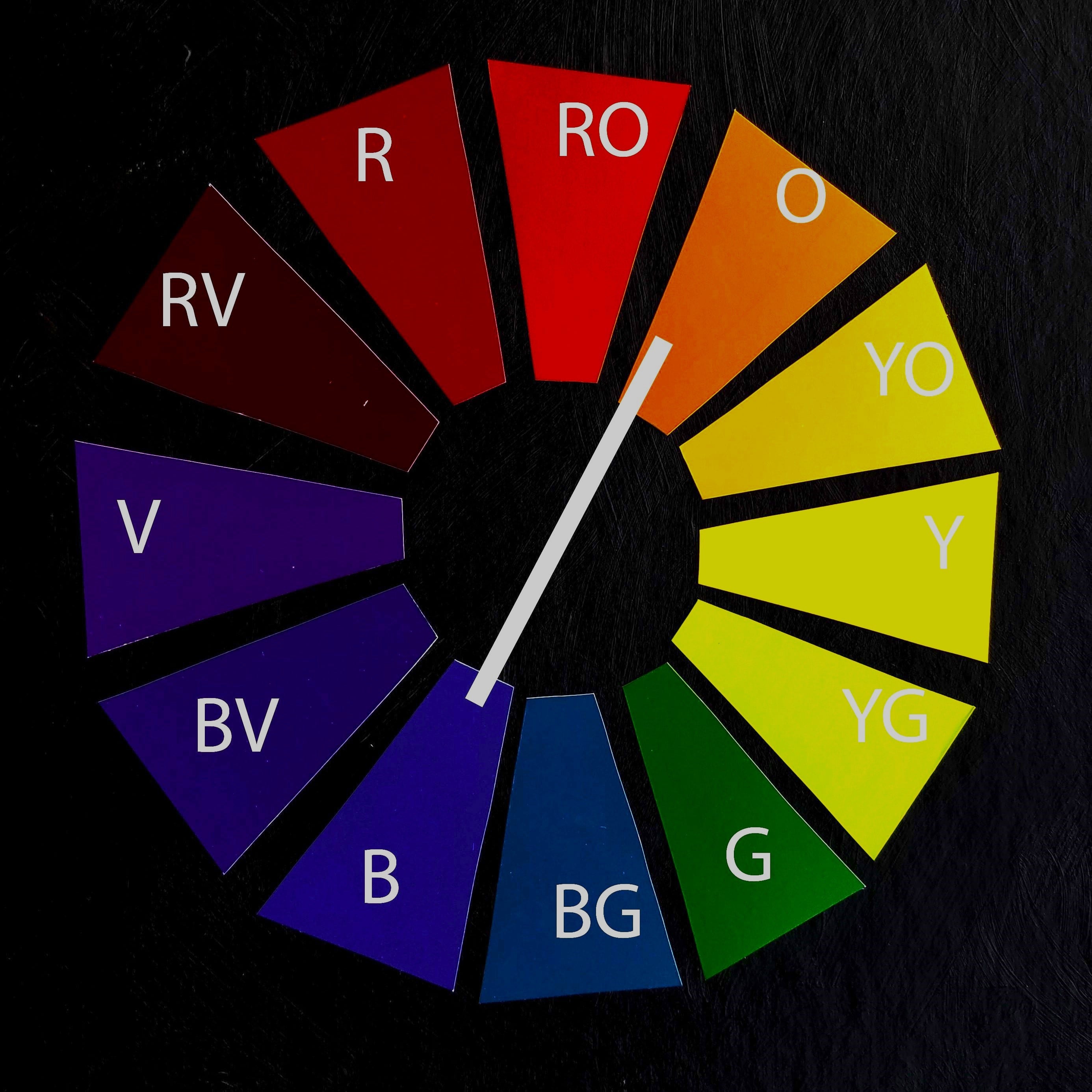
COLOR TIP 4: Split Complementary Colors
The Split Complementary Color Harmony is a twist on Complementary Colors. Instead of choosing the color directly across from another color you choose the two colors on either side of it. For example: The main color you are using is Red. The Complementary Color of Red is Green. In a Split Complementary Color Harmony you would choose Yellow Green and Blue Green which are on either side of green instead of just green. Like the Triadic Color Harmony, this gives you three interesting colors to work with.
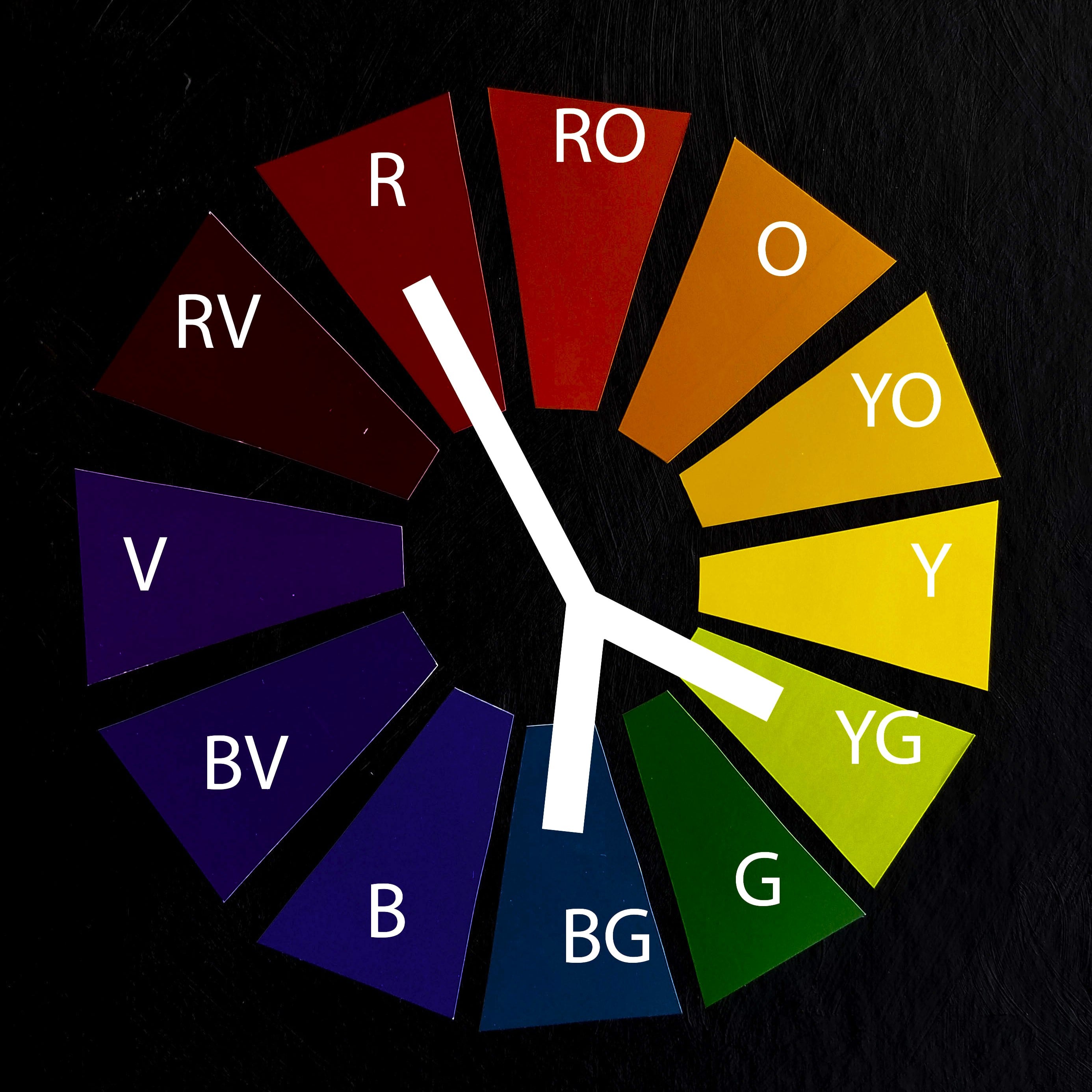
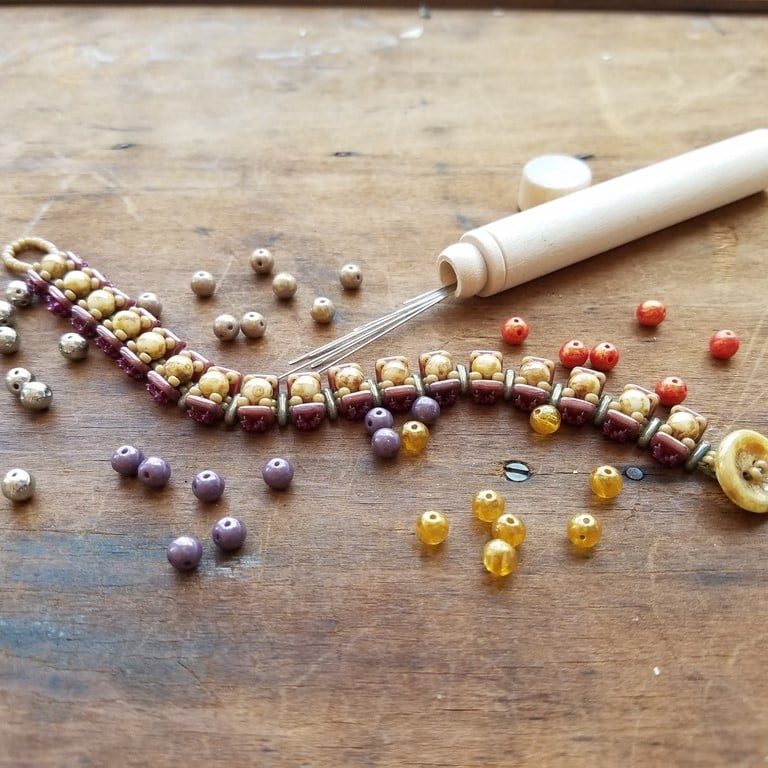
COLOR TIP 5: Warm and Cool Colors
The color wheel can be divided down the middle into Warm and Cool Colors. Warm Colors are colors that remind us of things that are hot or warm such as: fire, light, the sun, etc like the SuperDuo mix Autumn Fire (below). Likewise, Cool Colors are colors that remind us of things that are cool such as: water, ice, rain dripping off leaves, etc. like the DiscDuo Mix Blue Skies (below). Using a combination of Warm Colors or Cool Colors in your designs can give your piece more depth and interest.



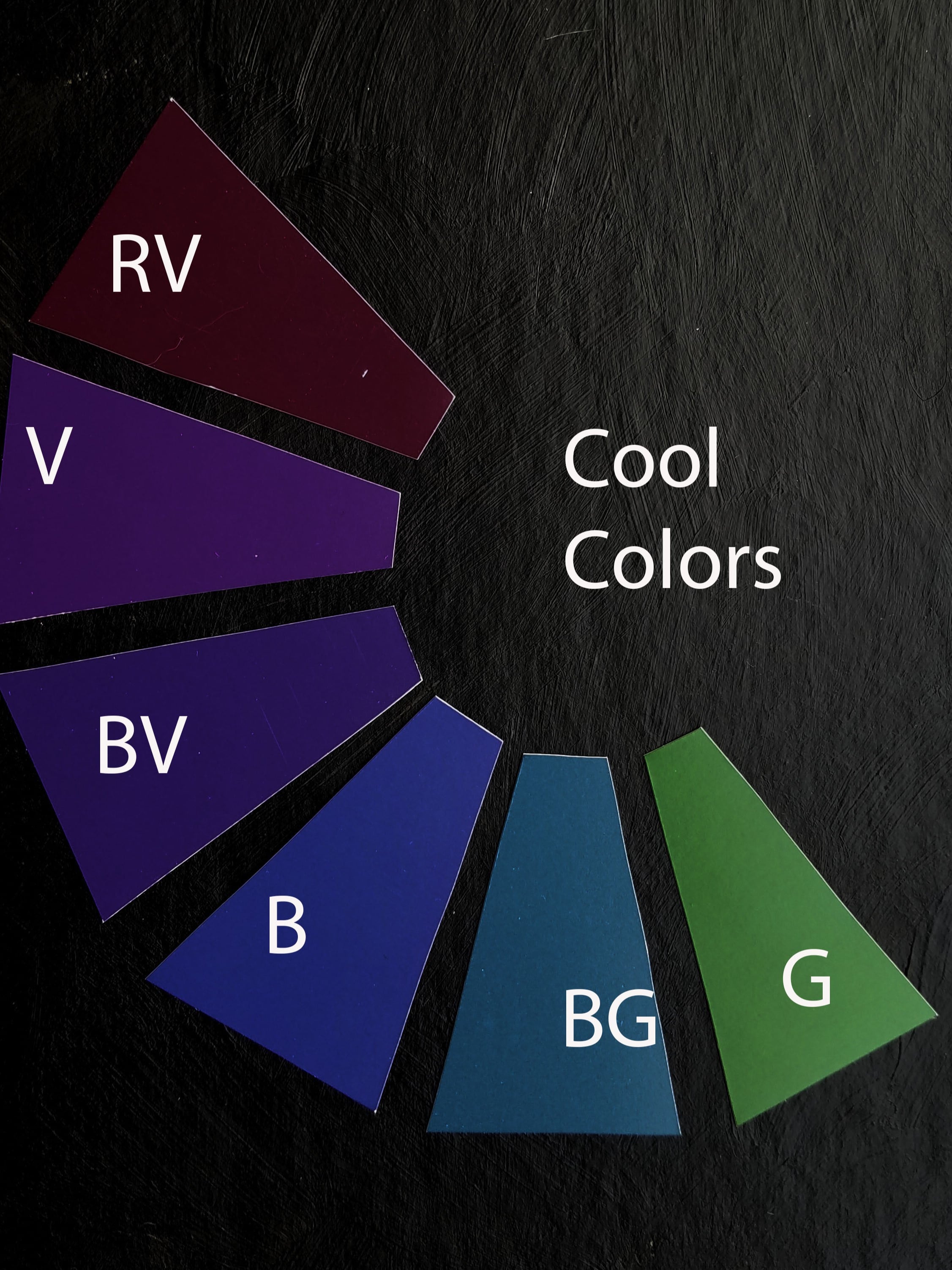
COLOR TIP 6: Neutral Colors
So, what about all the colors you don’t see on this color wheel? When many colors are mixed together, a Neutral Color can be made such as brown, black, grey, etc. These colors can be warm or cool depending on the ratio of warm to cool colors used to make them, but they are still considered Neutral. Neutral Colors are great because they can accent or go with just about any color. In beading, Neutral Colors can also be gold, silver, and other metallics along with black, grey, brown or white. All these colors can be added into your designs without taking over the whole piece. They can also be used together on their own to create a classic look.

I hope these 6 color theory tips are helpful and that you can add them to your design “toolbox” to give you more confidence in choosing colors and enhance your jewelry projects. If you need more help in choosing your colors, check out Tereza's blog on choosing colors for your next beading project. We look forward to gathering your bead orders and seeing your project color selections! Share your finished projects with us on Facebook! We love to see your work!
- Ashley Krzanowski
potomacbeads.com
Highest Quality
Products
100% Money
Back Guarantee
Fast
Shipping
Best Teaching &
Customer Service
You'll want these emails...
Get Free Projects & Inspiration
Get Free Projects & Inspiration
- Bullet 1
- Bullet 2
- Bullet 3
-Transparent.png)
240 N Prospect St. Hagerstown, MD 21740
(301) 393-4667
hello@potomacbeads.com
Copyright © PotomacBeads
